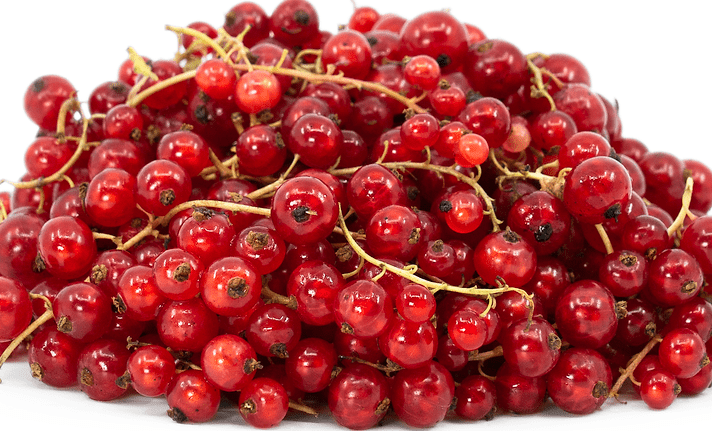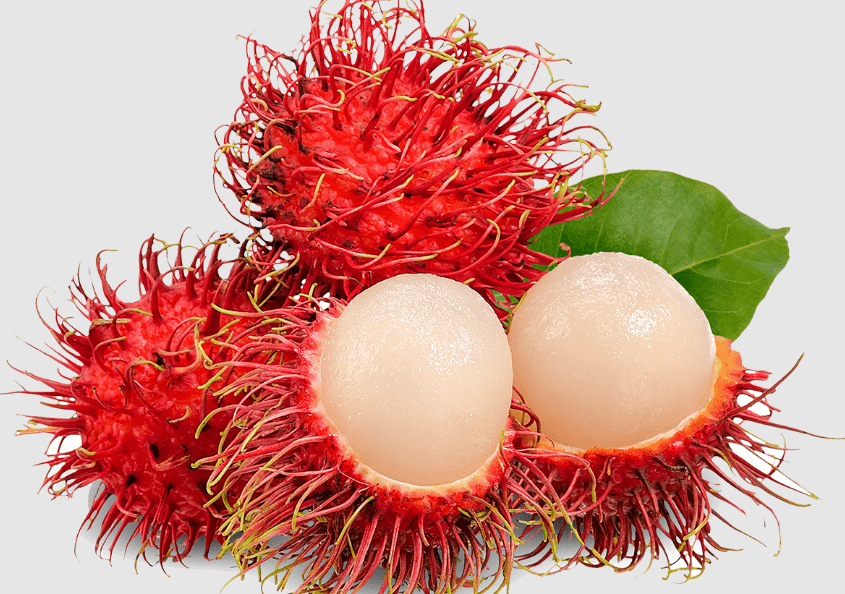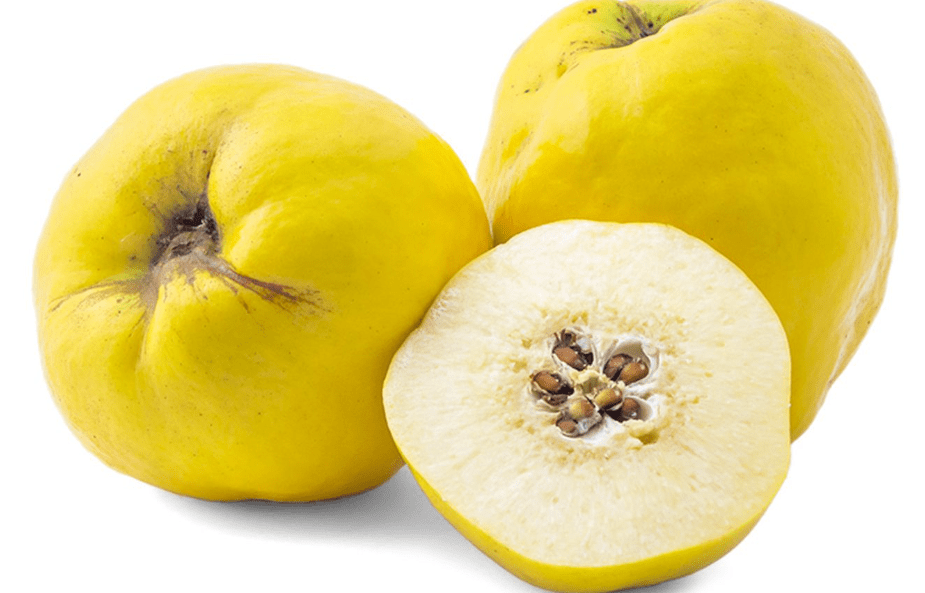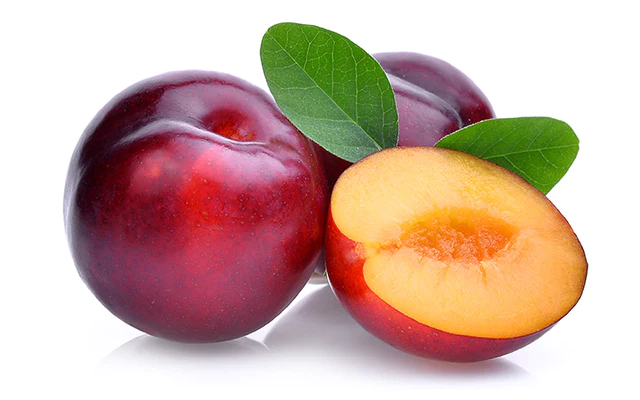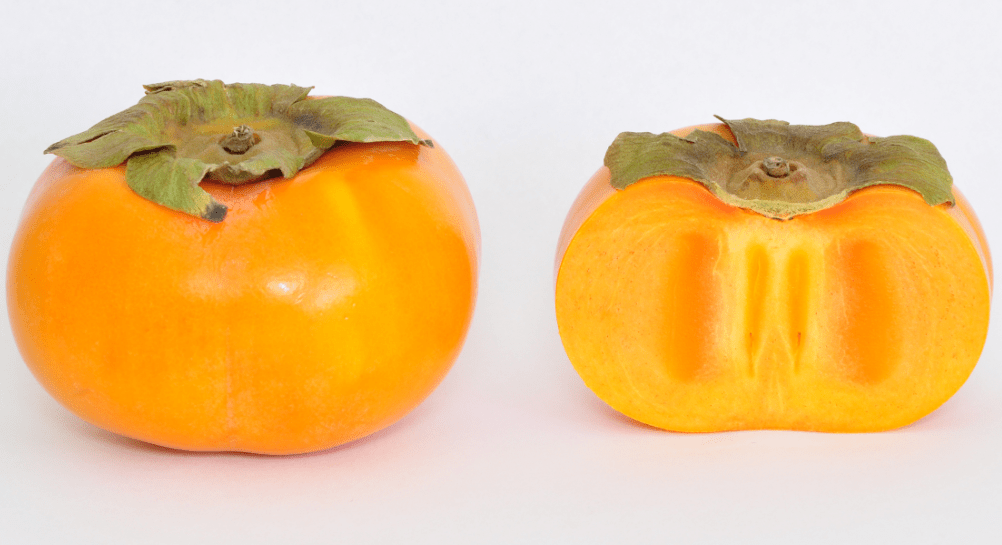Rhubarb
Description Large clumps of huge leaves, up to 60 cm broad, are produced by rhubarb. The leaves are produced on disproportionately large petioles that grow from an underground stem and have a diameter of at least 25 mm (1 inch) and a length of up to 60 cm. Early in the spring, leaves begin to appear. […]



